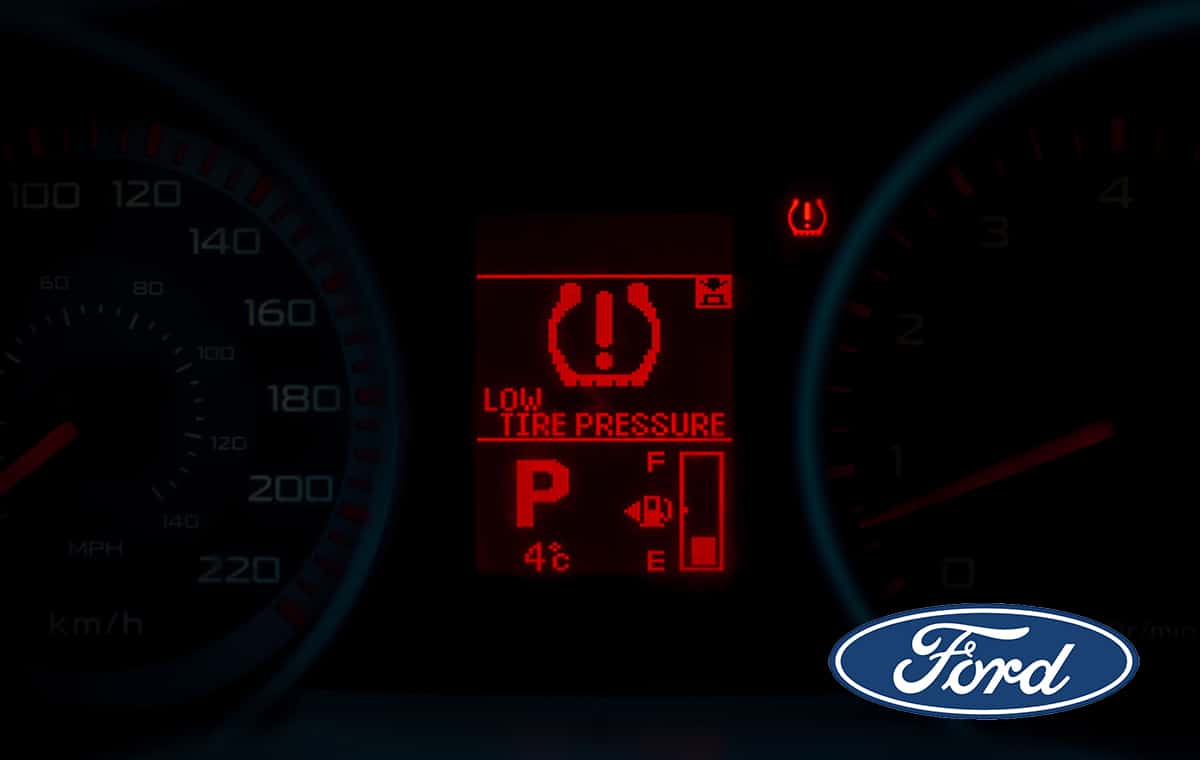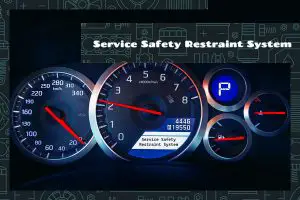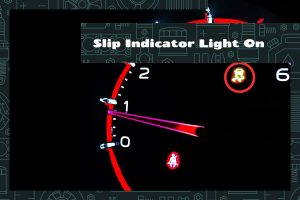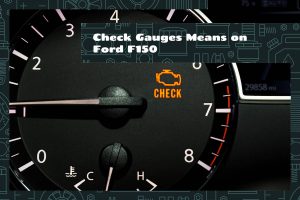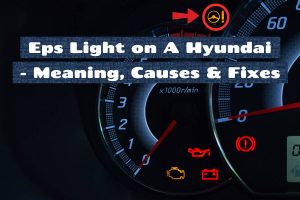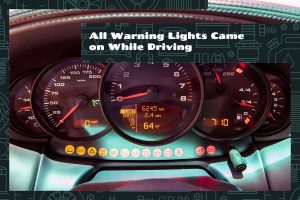One of the great things about modern cars is the government-mandated tire-pressure monitoring system (TPMS). Now, all you have to do is look at the dashboard warning light to know something isn’t right! So, when the tire pressure sensor is faulty, what does that mean for you and your F-150?
The TPMS warning indicator on your F-150 usually means one or more of the tires is under or overinflated. It could also flash due to improper tire or wheel settings, or the pressure sensor may be damaged.
In this guide, I’ll explain what you should do when the TPMS light flashes on, how to diagnose a faulty TPMS sensor, and how to correct the problem.
What Is TPMS on a Ford?
All modern Ford vehicles, as well as other brands and models, come with a TPMS in place. TPMS consists of a set of sensors that constantly measure the pressure in your tires. They work as the first line of defense to inform drivers when the pressure in their tires is off by a specific percentage.
There are two types of TPMS installed in cars: direct and indirect.
Direct TPMS uses individual sensors that are placed in each tire. They directly monitor tire pressure and transmit the information to the car’s onboard computer. This is the type of TPMS that’s in place in the modern F-150s.
Indirect TPMS utilizes the anti-lock brake system (ABS) in your vehicle. This system monitors the rotation of your tires to determine whether or not there is a noticeable change in pressure.
As great as TPMS is, it’s not a failsafe system. Things can always go wrong, especially when you haven’t taken care of the sensors or your tires as well as you should have.
TPMS Light Flashing on a Ford F150 — Caues & What to Do
If the TPMS light flashes on your dashboard, there are two possible reasons: there’s something wrong with your F-150’s tires, or the sensors are on the fritz.
Assuming the sensors are working as intended, let’s explore the various causes of why the TPMS was triggered.
1. Under or overinflated tires

This is the likeliest cause and should be the first one you look for. The TPMS sensors are designed to inspect tire pressure and ensure they’re as inflated as they should be. However, due to a number of causes, including temperature, your tire pressure may be low by a few pounds per square inch (PSI).
The TPMS light will usually flash when the tires are 25% under or overinflated. So, for an F-150, whose tires are supposed to be inflated to between 35 and 40 PSI, that means the TPMS sensors will trip when are as low as 26.25 PSI or as high as 50 PSI.
In such an event, you’ll need to correct the pressure in your tires by adding or removing air from them. After the tires have been inflated to the proper pressure levels, try driving around for 5 to 10 minutes to give the sensors time to recalculate tire pressure.
2. Driving on a spare tire
Accidents happen all the time, and they sometimes require swapping in your spare tire. This, however, can also trip the TPMS sensor for a number of reasons.
First, the spare tire may not be at the correct PSI level, so you’ll need to inflate or deflate it. Secondly, the spare tire’s sensor needs time to recalculate pressure, meaning that you’ll need to drive around for a bit.
Thirdly and most likely, the TPMS’s readings are out of sync, and you’ll need to reset it. To reset your Ford F-150’s TPMS, look for the TPMS reset button. It should be somewhere under or around your steering wheel. With the car on (not the engine), hold the button for 3 to 5 seconds. Release the button and wait for 1 to 2 minutes. Turn the car off and back on again and check whether the TPMS light has stopped flashing.
3. Dead TPMS battery or dead TPMS sensor
Individual TPMS sensors run on batteries that are designed to last for between 5 and 10 years. Unfortunately, you cannot replace the batteries; you’ll need to replace the entire TPMS sensor.
The same applies to dead TPMS sensors. The sensors can experience damage over time, especially when driving on bumpy roads.
You will need to purchase replacement TPMS sensors build for your F-150’s TPMS. After getting the sensors, remove the existing ones from your tires, install the new ones, reinflate your tires, then reset the TPMS. It can take a while for the sensors to sync with your car, so give it a few minutes.
However, you may not be able to do this on your own since the sensors need to be programmed to sync with your F-150’s TPMS module. So, after ruling out dangerously under or overinflated tires from the equation, carefully drive to your local mechanic and see what they can do for you.
4. TPMS malfunction
There’s always a chance that the entire TPMS module may be at fault and that you’ll need to get it fixed. A TPMS malfunction can be caused by all sorts of things, including but not limited to the following:
- Signal interference—TPMS signals can be disrupted by electromagnets. For instance, if the TPMS wire harness is in contact with another wire harness, the TPMS module may not be able to receive signals from the sensors.
- Poor signal transmission—This has more to do with the individual sensors than the TPMS module itself. The signals sent from the sensors may not reach the TPMS module due to interference or weak signals, which is usually a sign of damage or a dying battery. Please refer to the previous section to see how to fix this error.
- Programming issues—This problem can arise when the sensors have not been programmed to sync with your F-150’s TPMS module. This can be the mechanic’s fault, or it may be caused by faulty TPMS sensor replacements. Make sure you address the problem as quickly as you can to prevent further TPMS system problems.
Does Nitrogen Affect TPMS?
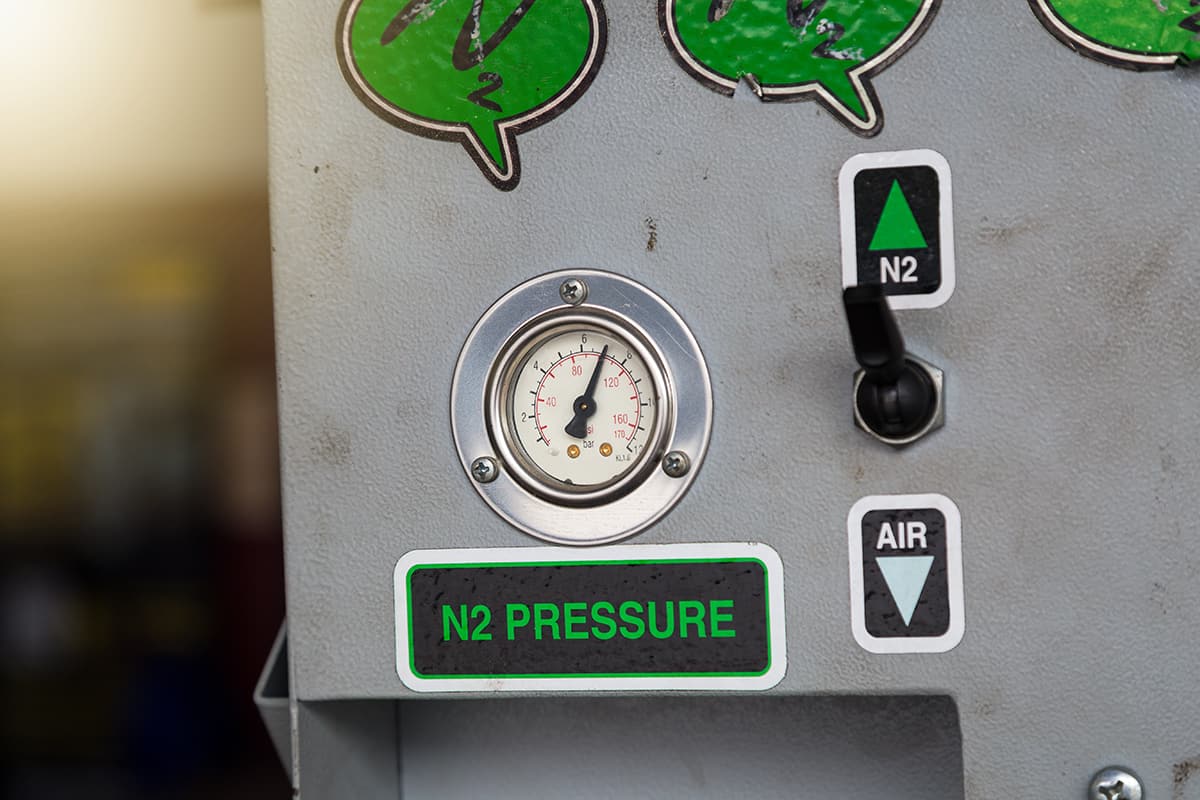
You’ve probably heard about the wonders of nitrogen in car tires. Nitrogen is a dry, stable gas that leaks at a much slower rate than regular air. This means that your tires remain inflated for longer, and you will most likely deal with fewer TPMS problems over the long run.
But the question is, does nitrogen negatively impact the TPMS sensor? The short and sweet to this is, no, it doesn’t.
So, feel free to fill your tires with nitrogen gas. It might be a bit more expensive, but if it keeps your tires inflated for longer, it can definitely be worth the cost.
Will a Tire Sealant Get Rid of TPMS Problems?
A tire sealant is a liquid solution that is designed to seal small punctures in a tire and prevent air from leaking out. It’s typically added to the tire through the valve stem, and once inside the tire, the sealant is distributed evenly around the inside of the tire.
The sealant contains particles that are designed to clog any small holes or punctures that may occur in the tire, preventing air from escaping. This helps to maintain the tire’s pressure and prevent the tire from going flat.
The problem with tire sealant is that it can gum up the works of the TPMS sensor. That’s why it’s generally recommended that you use tire sealant only during emergency situations. If your tires are not in danger of losing air too quickly, you won’t need it to keep the air in.
